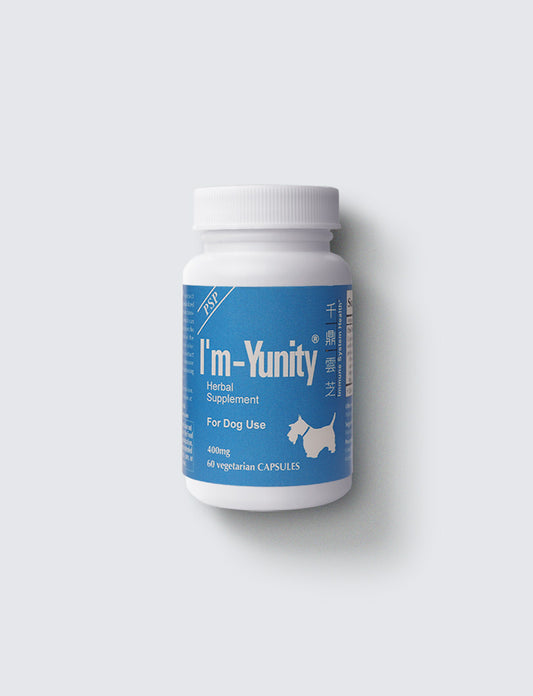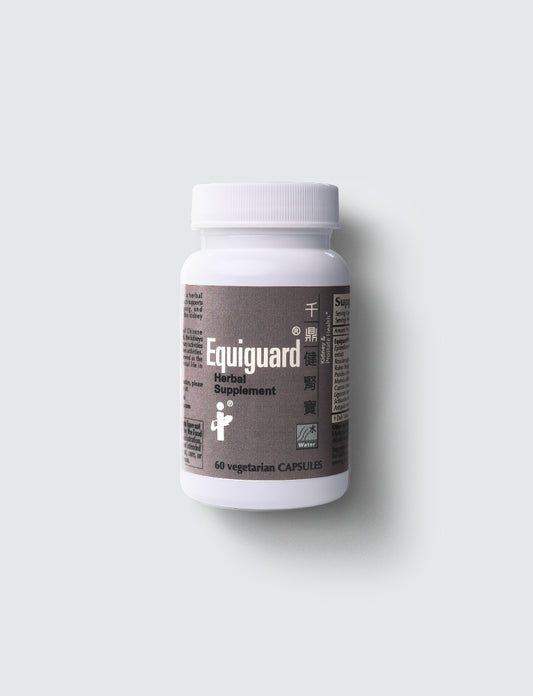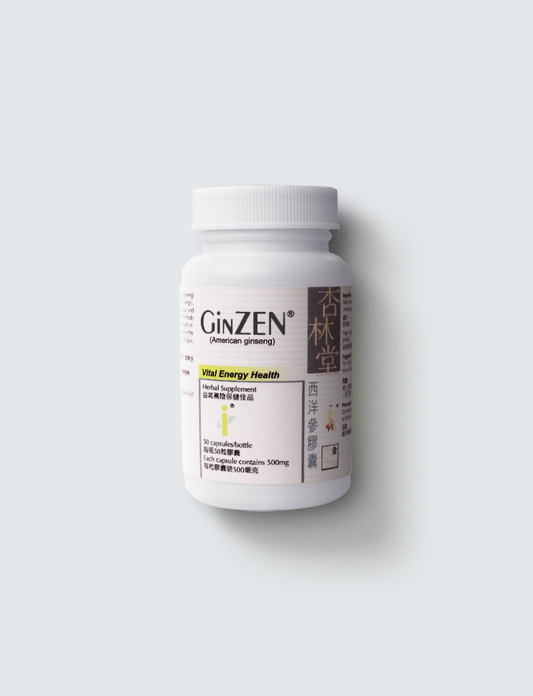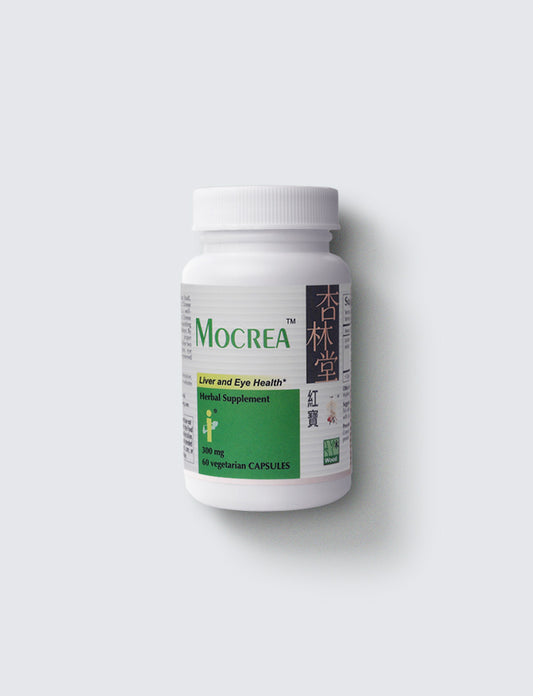Modern Medicine | Traditional Chinese Medicine <Explanation of Eczema>
Share

Modern Medicine | Traditional Chinese Medicine <Explanation of Eczema>
Modern Medicine |
Traditional Chinese Medicine |
|
|
Eczema is a general term for various types of dermatitis, including atopic dermatitis, contact dermatitis, dyshidrotic eczema, and seborrheic dermatitis. |
Disease Names |
In Traditional Chinese Medicine (TCM), eczema is classified under conditions such as "spreading sore" or "damp sore." It may also be named according to the affected body part, for example:
These localized names help TCM practitioners identify the disharmony pattern and tailor treatment accordingly. |
|
Modern medicine attributes the causes of eczema to allergic predispositions, external physical or chemical irritants, and psychological factors. Intrinsic causes: These are often related to an individual's constitution, including genetic factors. For instance, children whose parents have a history of eczema are more likely to develop the condition. Extrinsic causes: These include exposure to allergens such as dust, wool, pollen, pet dander, and certain food proteins like eggs, seafood, dairy products, beef, and peanuts. Seasonal and weather-related factors such as excessive sweating in summer or dry skin in winter can also trigger eczema. |
Causes |
TCM views eczema as a condition triggered by both internal imbalances and external pathogenic invasions. The internal factors may include: Innate deficiency: A constitutionally weak body surface that is more vulnerable to attacks by wind, dampness, or heat pathogens. Improper diet: Poor eating habits can impair spleen and stomach function, leading to internal damp-heat accumulation. Secondary pathogenic conditions: These include dampness predominance, blood heat, blood stasis, wind pathogens, and spleen deficiency, all of which can contribute to the development or worsening of eczema. However, disease staging of eczema is more important consideration for clinical diagnosis and treatment in TCM: Early stage: At this stage, pathogenic factors such as wind, dampness, and heat accumulate in the skin. If not treated properly, these superficial pathogens may transform into internal damp-heat, intensifying skin irritation. Over time, this can evolve into toxic heat that affects the blood. Middle Stage: Persistent skin irritation during this stage is often caused by turbid dampness, damp obstruction, or heat in the blood. These conditions may lead to blood stasis. A combination of wind, dampness, heat, and stasis can worsen the rash and make it more difficult to treat. Late Stage: When eczema becomes chronic or recurs frequently, it is usually associated with internal deficiencies. These may include insufficient blood to nourish the skin, qi and yin deficiency, or blood deficiency accompanied by wind-dryness. These imbalances result in dry, itchy, thickened, and hardened skin lesions. |
|
The types of Eczema include: Atopic Dermatitis The most common type of eczema, often associated with an allergic predisposition and considered hereditary. Symptoms include itching, redness, cracked skin, and sometimes oozing of clear fluid. It typically begins in childhood, with severity varying by age. Contact Dermatitis It is divided into two types: irritant contact dermatitis caused by exposure to irritative substances; allergic contact dermatitis triggered by allergens. Dyshidrotic Eczema The exact cause is unknown, but stress is a known contributing factor. It presents small, raised, grain-like blisters on the fingers, palms, toes, or soles. These blisters appear without inflammation and dry out into flaky skin. Seborrheic Dermatitis Caused by the overgrowth of the yeast Malassezia furfur, leading to rapid shedding of skin cells and inflammation. It is characterized by greasy, yellowish scales. In infants, it may cover the entire scalp and is commonly known as "cradle cap." Pregnancy-Related Eczema Hormonal changes during pregnancy can disrupt the immune system, leading to eczema. Physical stretching of the skin, especially on the abdomen, can further aggravate symptoms. |
Types |
In Traditional Chinese Medicine, the diagnosis of different types of dermatitis involves identifying underlying disharmony patterns, which are determined by the characteristics of the skin lesions and the patient's overall condition. Damp-Heat Soaking Pattern Severe itching with noticeable skin discharges, there are also red patches, a burning sensation, and densely clustered papules and vesicles. Damp-Heat Damaging Yin Pattern Intense itching with skin oozing and purulent scabs, accompanied by red papules. The condition tends to be persistent and difficult to heal. Damp-Heat Obstruction Pattern Thickened skin with darker lesion areas, presenting a lichenified appearance. The condition is chronic and resistant to treatment. Spleen Deficiency with Excess Dampness Pattern Itching sensation with skin erosion and exudation. Lesions appear as pale red patches with scabs, scales, papules, or vesicles. Blood Deficiency with Wind-Dryness Pattern Itching occurs intermittently and worsens at night. Skin lesions are dry, rough, thickened, and lichenified with dark red coloration and pigmentation. Liver and Kidney Deficiency Pattern Frequent episodes of skin itching aggravated at night. There are also pale red rashes, dry skin, scaling, and thickened (lichenification) in the affected areas. |
|
Modern Medical Treatments for Eczema include: Topical Corticosteroids These are effective for reducing inflammation and itching in mild to moderate eczema. However, long-term use may lead to skin thinning. As an alternative, topical calcineurin inhibitors such as tacrolimus and pimecrolimus are often used, especially on sensitive areas like the face or skin folds, as they do not cause skin atrophy. Antibiotics and Antifungals These are prescribed when eczema is complicated by bacterial or fungal infections. It is essential to complete the full course of treatment to prevent recurrence or worsening of the condition. Antihistamines Commonly used to control itching in atopic dermatitis. Sedating antihistamines (e.g., diphenhydramine, hydroxyzine, cyproheptadine) are often more effective than non-sedating ones. Some patients may require long-term use, with gradual tapering as symptoms stabilize. Topical Immunomodulators A newer class of non-steroidal treatments for atopic dermatitis, including calcineurin inhibitors. These medications work gradually, typically showing improvement within two weeks. Initial side effects may include a mild burning or itching sensation, which usually subsides with continued use. Oral Vitamin A (Retinoids) Used for severe cases of contact dermatitis. Treatment usually lasts 3–4 months. Patients must avoid pregnancy during treatment and undergo regular monitoring of liver function and lipid levels due to potential side effects. |
Treatment |
Oral Herbal Treatment for Eczema The herbal remedies are prescribed based on the specific disharmony patterns identified in each patient. To address both the root cause and the symptoms of eczema, the main therapeutic principles will aim at clearing heat, dispelling wind, and eliminating dampness; there may also be complemented by strengthening the spleen and harmonizing the stomach; activating blood circulation and resolving stasis; nourishing the blood and moisturizing the skin. This holistic approach aims to restore internal balance while relieving external symptoms. Commonly used herbal formulas include:
External Herbal Treatments Herbal powder application: Herbs like natural indigo, golden thread rhizome, talc, and liquorice root are ground into powder and applied to affected areas. Herbal decoction compress: Decoctions made from dictamnus root bark, sopora root, amur corktree bark, and belvedere fruit are used for wet compresses. Herbal steaming & wash: Using herbal steam devices and selected herbs such as honeysuckle, belvedere fruit, sopora root, schizonepeta herb, amur corktree bark, and atractylodes rhizome to treat affected areas. Herbal ointments: Well-known ointments such as Purple Cloud Ointment, Indigo Ointment, and golden thread rhizome Ointment) can be applied to control eczema and relieve itching. Acupoint Therapies & Others: Methods like acupuncture, moxibustion, cupping, massage, catgut embedding, and auricular therapy can be flexibly applied for acute, subacute, or chronic eczema. |
Prevention & Management
Lifestyle and Management Tips for Eczema include:
Avoid Known Allergens
For patients with contact dermatitis, it is essential to avoid exposure to allergens, including specific items and foods. Minimize the use of cosmetics; when necessary, choose fragrance-free products and avoid heavy makeup to reduce irritation from makeup removers.
Dietary Choices
Individuals should reduce intake of processed foods, especially those containing monosodium glutamate (MSG) or artificial food colorings. Limit consumption of protein-rich foods and seafood. Traditional medicine often identifies milk, eggs, beef, shrimp, crab, duck, goose, bamboo shoots, taro, and carp as common "triggering foods."
Spicy and strongly flavored foods—such as chili peppers, mustard, pepper, onions, garlic, leeks—and alcohol are also discouraged. Additionally, TCM recommends limiting mushrooms and fungi due to their "damp" nature, which may aggravate skin rashes.
Keeping Skin Moisturized
Dry skin can worsen eczema. Use lukewarm water for bathing instead of hot water and choose mild soaps or cleansers. Avoid alkaline detergents, which can further dry the skin. Always apply a moisturizing lotion after bathing, especially in dry weather.
Stress Management
Psychological factors such as stress, anxiety, depression, and poor sleep can trigger or worsen eczema. Maintaining a relaxed and positive mindset is beneficial for managing symptoms.
Regular Exercise
Engage in exercise such as swimming, jogging, or cycling, 2 to 3 times a week for at least 30 minutes. Exercise promotes circulation, boosts immunity, and improves overall health. It also helps relieve stress and elevate mood. Since sweating can irritate the skin, be sure to wipe off sweat promptly and wear breathable, moisture-wicking clothing.
Avoid Scratching
Resist the urge to scratch, even during intense itching. Scratching can damage the skin, spread the affected area, and worsen the condition.



